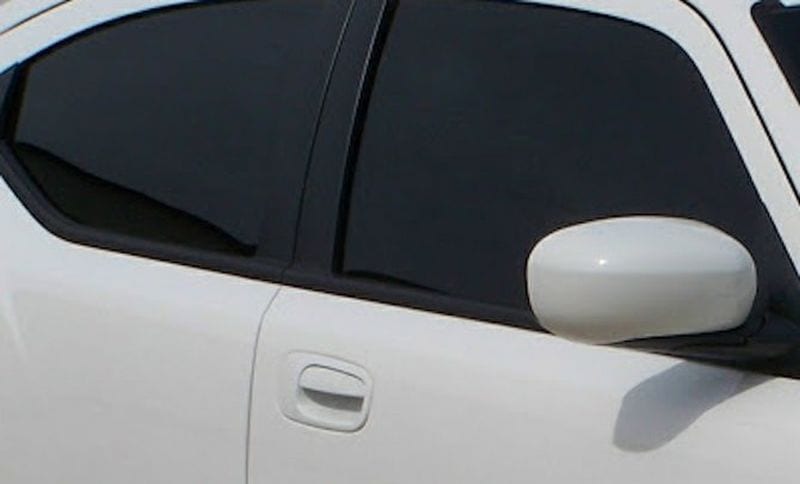Canadian laws vary for its acceptability according to where you live. You need to know your local laws before darkening your windows. Otherwise, you face tickets, interrupted use of your vehicle, and having to remove your installed product.
Before scheduling your appointment, get to know your area laws. Below, we explore why darkening your vehicle viewports makes good sense for vehicle owners. We also list each province with basic information about regional laws.
Benefits of Vehicle Window Tint
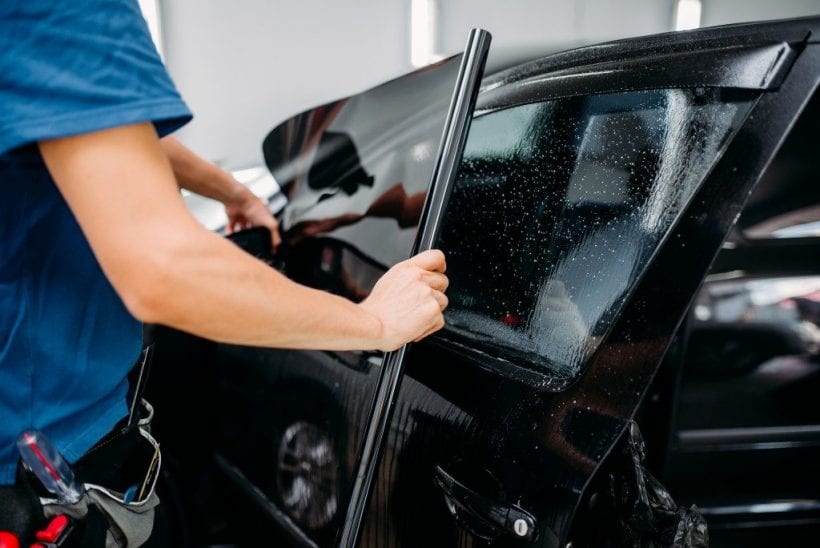
Window tint provides many benefits. Some include:
UV Light Protection
The sun beats down on your car, damaging its interior through windows. At the same time, UV rays damage your skin, putting you and your passengers at risk for skin cancer. Applying tinting to your car, truck, or SUV windows reduces the amount of light and heat penetrating your vehicle, even during the hottest months of the year. This layer of protection from the sun also blocks damaging rays from your skin. As a result, you feel more comfortable in your vehicle, and you keep the seats, dash and other parts of the interior looking their best.
Privacy and Security
Thieves can see into your vehicle through windows, easily spotting valuables. But when you darken your windows, you maintain a higher level of privacy and security. You can even keep valuables in your seats without tempting people to break in, thanks to darkened windows. Tinting helps you keep your car secure and maintain some privacy as you drive your vehicle.
Broken Glass Protection
Unfortunately, vandals are a risk in today’s communities. Having tinting on your windows keeps broken glass from scattering in and around your vehicle. Darkening film adheres to the windows and keeps shards in place. This adds a layer of protection and often keeps others from breaking through shattered windows to steal from you. This film also protects passengers when an auto accident occurs. Glass is less likely to cause cuts and other injuries when you have a film on your windows.
How dark can I tint my windows?
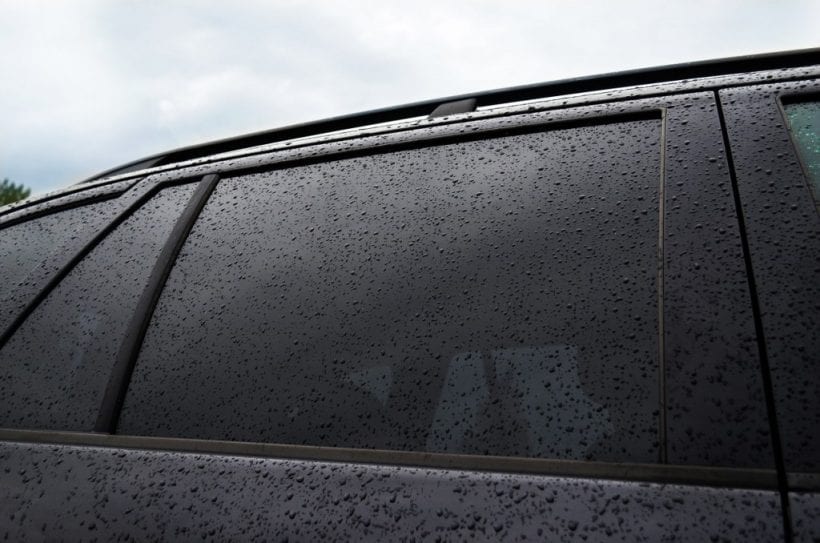
You must be able to see clearly through your window tinting. Otherwise, you risk auto accidents and other problems. While darkening works to provide security, sun protection and privacy, it should not put you in danger. Canadian laws protect you from excessively dark tinting. A good example is Ontario’s limitation of this darkness to 70 percent visible light transmittance (VLT) on front side windows. This percentage allows 70 percent of light to penetrate and prevents obstruction of your view.
Canadian Tinting Laws by Province
From province to province and territory to territory, tinting laws vary. You must follow these regulations when driving within a particular region. This step makes a review of the laws relevant before a road trip to avoid hefty fines.
Below are Canadian window tinting laws by province and territory:
Alberta
- Windshield: No darkening is permitted.
- Front Sides: No tinting is permitted.
- Back Sides: No darkening is permitted.
- Rear Window: Any darkness is permitted as long as the vehicle has both a right side and a left side rear-view mirror.
British Columbia
- Windshield: Tinting on the windshield is limited to 7.5cm, also equal to 75mm or three inches) from the top.
- Front Sides: No tinting is permitted.
- Back Sides: Any level of darkness is acceptable.
- Rear Window: Any darkness is permitted as long as the vehicle has both a right side and a left side rear-view mirror.
Manitoba
- Windshield: You may darken your windshield up to 12.7cm (127mm or five inches) from the windshield’s top with up to 25 percent VLT film.
- Front Sides: Permitted, for a minimum of 50 percent VLT.
- Back Sides: Permitted, for a minimum of 35 percent VLT.
- Rear Window: Any darkness is permitted as long as the vehicle has both a right side and a left side rear-view mirror.
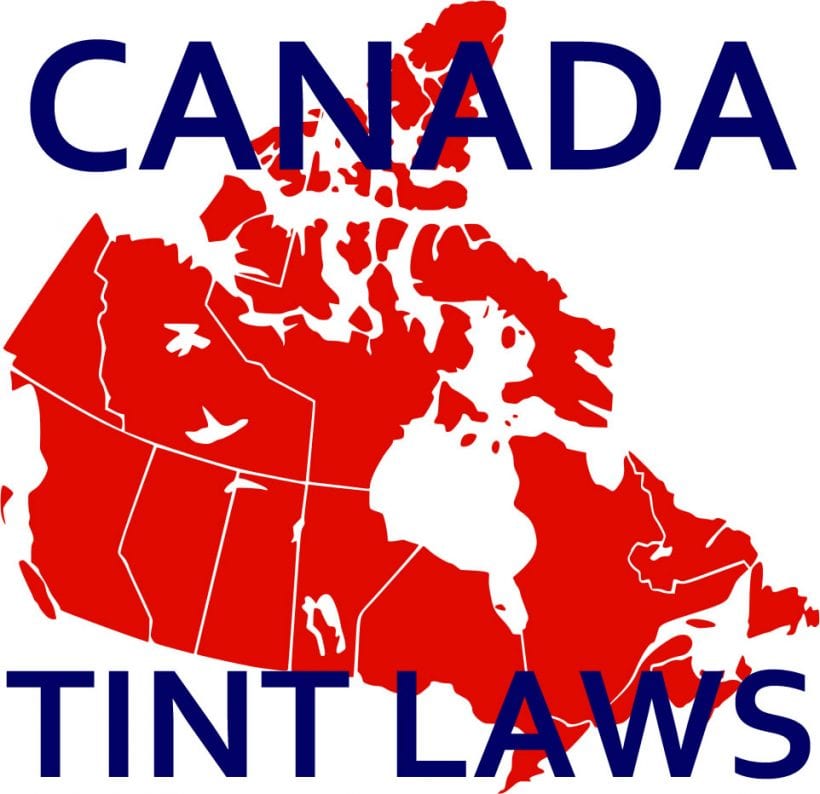
Newfoundland and Labrador
- Windshield: No darkening allowed.
- Front Sides: No darkening allowed.
- Back Sides: Any applied darkness is acceptable.
- Rear Window: Any darkness is permissible.
Nova Scotia
- Windshield: No tinting permitted.
- Front Sides: No tinting permitted.
- Back Sides: Tinting of any darkness is permitted.
- Rear Window: Any darkness of tinting is permitted.
Ontario
- Windshield: No tinting allowed.
- Front Sides: Tinting of 70 percent VLT or higher is permitted.
- Back Sides: Tinting of any darkness is acceptable.
- Rear Window: Any darkness of tinting is permitted as long as the vehicle has a right side and a left side rear-view mirror.
Prince Edward Island
- Windshield: No darkening permitted.
- Front Sides: None permitted.
- Back Sides: Any darkness is acceptable.
- Rear Window: Any darkness is alright as long as the vehicle has a right side and a left side rear-view mirror.
Saskatchewan
- Windshield: None permitted.
- Front Sides: None permitted.
- Back Sides: Any darkness is acceptable.
- Rear Window: Tinting of any darkness is acceptable.
New Brunswick
- Windshield: Allowed with a minimum of 70 percent VLT.
- Front Sides: Allowed with a minimum of 70 percent VLT.
- Back Sides: Any darkness is acceptable.
- Rear Window: Any darkness is permitted.
Northwest Territories
- Windshield: No permitted.
- Front Sides: No permitted.
- Back Sides: Any permitted.
- Rear Window: Any permitted.
Nunavut
- Windshield: No tinting allowed.
- Front Sides: None allowed.
- Back Sides: Any allowed.
- Rear Window: Any allowed.
Quebec
- Windshield: Allowed up to 15cm (six inches) from the top of the windshield.
- Front Sides: Allowed with a minimum of 70 percent VLT.
- Back Sides: Tinting of any darkness is acceptable.
- Rear Window: Any darkness of tinting is permitted as long as the vehicle has a right side and a left side rear-view mirror.
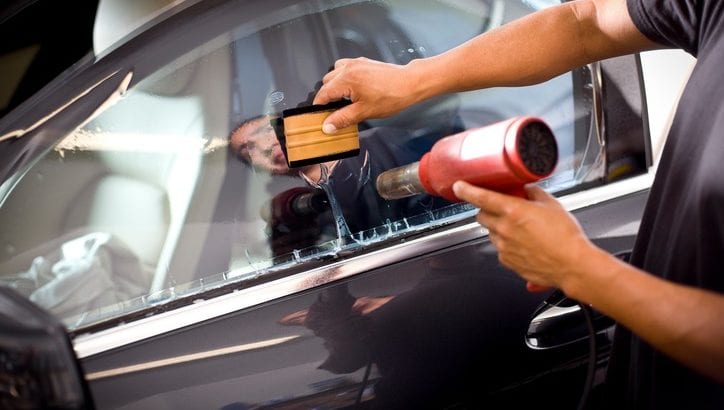
Yukon
Yukon has no specific window tint laws. But you must not obscure your view from any vehicle window in a manner that makes driving dangerous, which means that individual police officers can determine whether to issue you a citation for your tinting. Your best option is to check with local authorities before applying your window tint.
Ultimately, the decision for you to make here is whether or not you want your vehicle to have protection against the harsh rays of the sun. Therefore, while it is important for you to understand the applicable legislation, you will also have another question that you need to answer, which is how necessary the application is in the end.
For instance, if you were to ask the experts at www.prowindowtinting.ca, they would advise you that protecting the interior of your vehicle is an absolute necessity, in jurisdictions where it is legal, of course. However, others may disagree with this statement depending on their personal experience.

